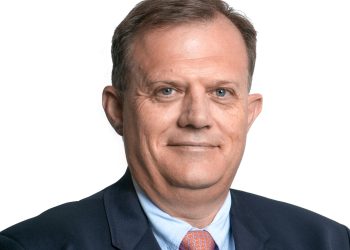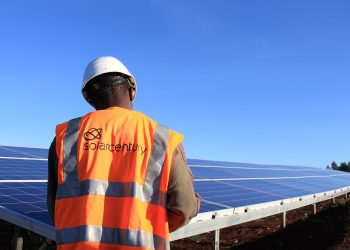
Energy, commercial and mining companies were the main contributors to corporate credit growth in June as demand for overdrafts from both households and corporates continue to slide, statistics from the Bank of Namibia show.
Economic advisory firm Simonis Storm said credit extended to the private sector increased by 3.4% year on year (y/y) in June 2022 compared to 4.5% y/y in May 2022.
“Net household debt increased by 2.0% y/y in June 2022 compared to 2.4% y/y in May 2022, whereas net corporate debt increased by 5.3% y/y in June 2022 compared to 7.4% y/y in May 2022.”
The main contributors of household credit growth were other loans and advances which rose 5.8% y/y and mortgage loans up 1.5% y/y, while corporate debt was driven higher mainly by instalment and leasing credit rose 18.1% y/y, other loans and advances increase 14.1% y/y and mortgage loans went up 4.3% y/y.
“YTD, credit growth is trending above levels seen in 2021. Together with an 8.1% y/y increase in net investments recorded throughout the economy during 1Q2022, growth in the financial services sector is likely to support Namibia’s recovery from the lockdown induced recession,” said the research company.
According to Simonis Storm, for the last 16 years growth in private sector debt – households and corporates combined – has exceeded economic growth rates.
“This implies that most of the private sector debt went towards consumption spending and not toward investments which enhance long run productivity in the economy.”
While consumption spending fuelled growth in the short run, long run economic sluggishness is likely to persist as the economy’s productive capacity is constrained, Simonis Storm Economist Theo Klein said.
“As the South African Reserve Bank hiked their repo rate by 75bps in July, with further tightening expected, it is likely the Bank of Namibia will follow with a similar rate hike at their next meeting in August. This will weigh heavily on indebted households who already battle with higher living costs, as real disposable incomes deteriorate with rising inflation,” he said.
Namibia’s central bank generally takes a leaf from the SARB to maintain the local currency’s peg to the South African rand and is expected to announce a 75-basis points hike this month.
The expected hike by the Bank of Namibia is expected to impact negatively on borrowers, who will have to fork out more towards servicing their loans, while a positive development for investors, who will now earn a higher interest for their investment.







